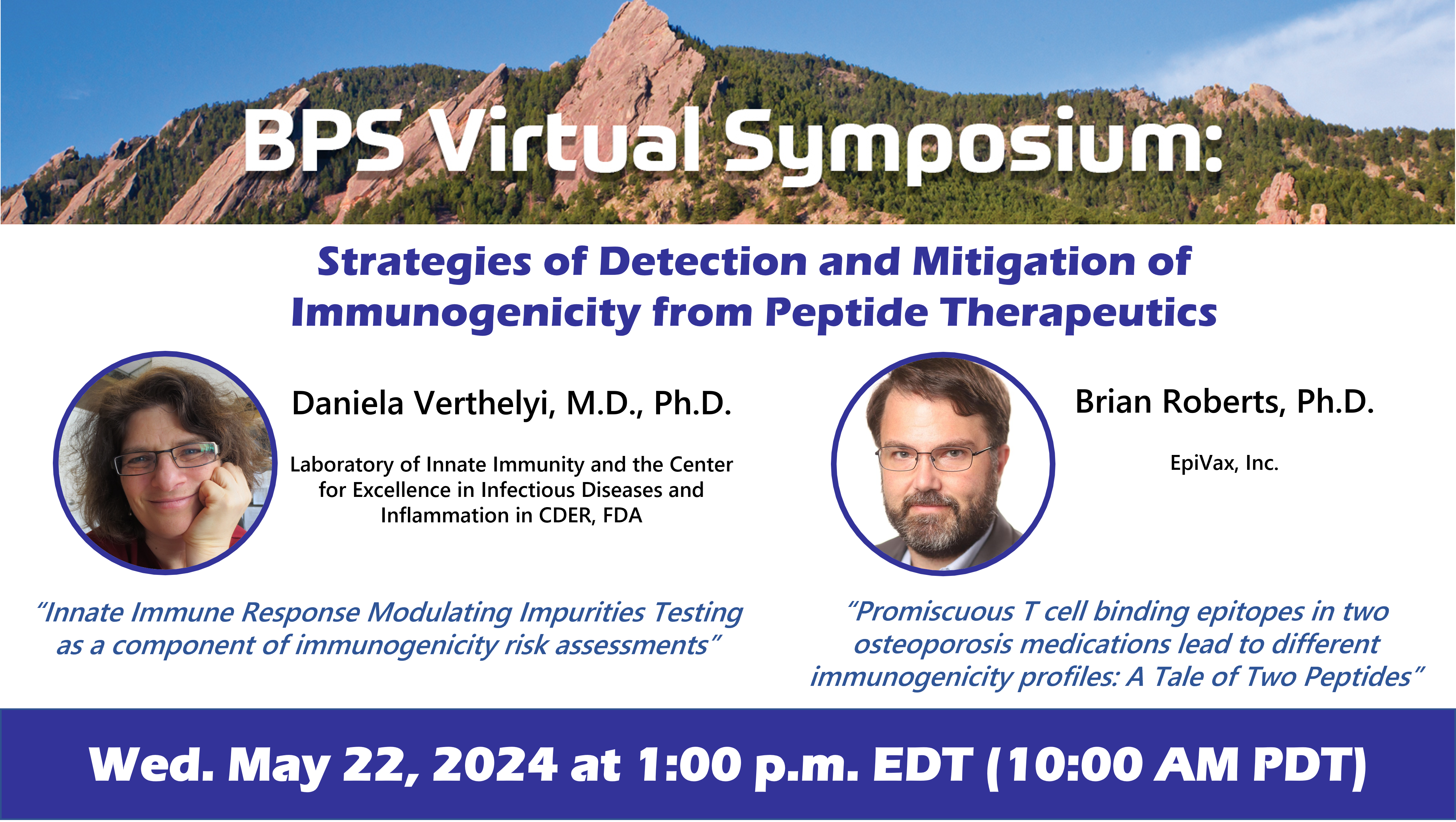
Treating Fungal infections with synthetic peptide mimics
Modern medicine often relies on invasive medical interventions or drugs that can compromise the patient’s immune system. An unfortunate consequence of these undeniably successful treatments for life-threatening diseases like cancer is the occurrence of severe infections caused by opportunistic fungal pathogens, including species of Candida, Aspergillus, Cryptococcus, and Pneumocystis. More recently, increasing numbers of opportunistic fungal infections caused by Aspergillus, Mucorales, and Candida species have been observed in COVID-19 patients with severe respiratory syndromes in intensive care units. These factors, among others, have resulted in over 2 million invasive fungal infections annually worldwide, with alarmingly high mortality rates, causing more than 1.5 million deaths.
Candida species are the most common cause of nosocomial, invasive fungal infections and are associated with mortality rates above 40%. Despite the increasing incidence of drug-resistance, the development of novel antifungal formulations has been limited. In a recent publication by Schaefer, S., Vij, R., Sprague, J.L. et al., they highlight the enormous potential of synthetic peptide mimics to be used as novel antifungal formulations as well as adjunctive antifungal therapy.
Schaefer, S., Vij, R., Sprague, J.L. et al. A synthetic peptide mimic kills Candida albicans and synergistically prevents infection. Nat Commun 15, 6818 (2024). Link to publication
Trishul Shah
Global Director Sales and Marketing, PolyPeptide Group
Member, BPF Scientific Advisory Board
www.linkedin.com/in/trishul-shah-bb92a2/
Read previous editions of the BPF Journal Club series: https://www.boulderpeptide.org/journal-club








